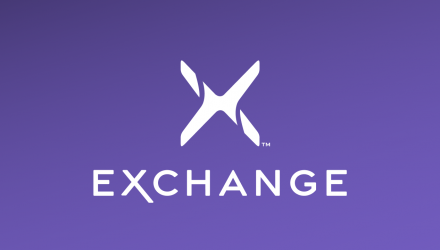Three decades after the launch of the SPDR S&P 500 ETF (SPY), the ETF industry has seen tremendous growth. But there’s still a great deal of education needed in the ETF space.
“It takes a village to raise an ETF,” said Ben Johnson, head of client solutions, asset management at Morningstar Indexes, while moderating a panel at Exchange: An ETF Experience. “There’s still a lot of education that needs to happen.”
Johnson emphasized this point by joking about how many emails he’s received about “EFTs.”
The ETF ecosystem is an incredibly elaborate and complicated one, with multiple moving parts and different markets. As panelist Nichole Kramer, ETF distribution & operations services at SS&C Alps, pointed out, ETFs don’t trade like mutual funds.
“Mutual funds are bought and sold one time a day. That’s not how it works with ETFs,” Kramer said before adding that with an ETF, you have two markets: a primary market and a secondary market in which market makers trade.
Fellow panelist Michael Prendergast, ETF product specialist at Ultimus Fund Solutions, admitted that “entering the ETF space can seem a little daunting at first.” Fortunately, he noted that “there are tons of resources out there to help you come to market quickly.”
For one thing, service providers are a huge wealth of information. “It’s important to take that advice. It’s free advice,” Prendergast said. “Take advantage of that.”
Ultimately, the Ultimus senior vice president explained to conference attendees that the ETF industry is “doing what we used to do 15 years ago with mutual funds. It’s reiterating that education all over again to new players.”
“The infrastructure we have built is extremely robust, and technology is very agile,” Prendergast added. “I think that will continue.”
Added Kramer noted, “There’s lots of stuff happening. It’s exciting.”
For more coverage of the Exchange conference, please visit VettaFi | ETF Trends.








